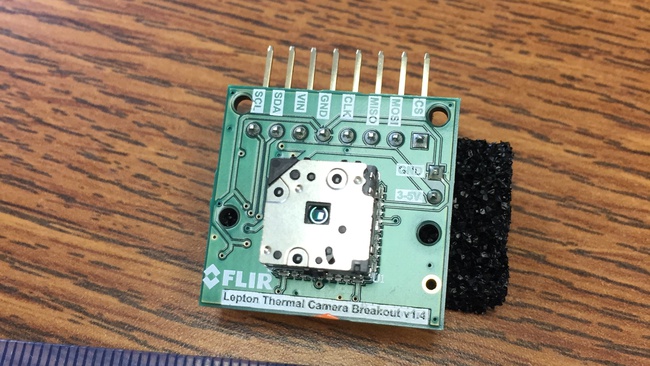We have a long wave micro infrared camera for thermal imaging from orbit. This delivers images in the 8-14 micron range.
This sensor images in the far infrared. This expands the spectral band that can be observed. This can make it harder for adversaries to hide. It also makes it useful during passes over terrain that is not illuminated by the sun.
8.6 fps of 80x60 14 bit pixels is the maximum data rate. Typically, only one or two frames would be taken and then sent to the ground. Each image takes 1.2 s.
The bus should be 3 axis stabilized and capable of pointing at nadir. Low jitter and precision pointing are desired but not required. Our Precision Attitude Control System (PACS) developed for the Army would be ideal but is not required.
The sensor should be on the nadir deck with an unobscured FOV.
Our current sensor is suitable for short duration CubeSat missions. We have a vendor who can build versions suitable for multi-year missions where high reliability is required.
